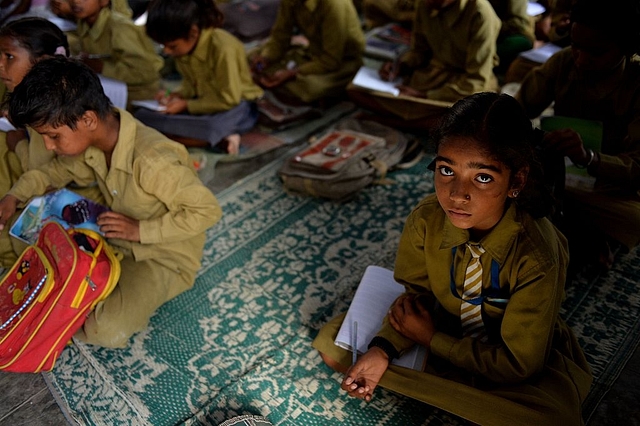
Primary Schools Show Some Progress After 5 Years Of Declining Learning Outcomes
After five years of declining learning outcomes, new survey data show improvements in some basic reading and arithmetic levels in primary school (Grade I to Grade V), even as learning levels in upper primary school (Grade VI to Grade VIII) show a decline.
For information on learning outcomes, the ASER survey interviewed 562,305 children, from 350,232 households, including children who were not enrolled in, or dropped out of, school. The survey, focused on rural areas, included 17,473 villages in 589 districts.
Over 25 per cent of children in Grade III could at least read a Grade II level text in 2016, up from 23.6 per cent in 2014, found the 2016 Annual Status of Education Report (ASER) by Pratham, an education-related nonprofit organistion. The proportion of children in Grade III who could subtract increased from 25.4 per cent in 2014 to 27.7 per cent in 2016. A version of the report is available here.
Improvements have taken place in both government and private schools, with greater improvements in government primary schools, as compared to private schools, in basic reading and arithmetic. In 2016, 19.3 per cent of government school children in Grade III could read a level II text, as compared to 17.2 per cent in the year 2014. In private schools, the proportion of children increased from 37.8 per cent in 2014 to 38 per cent in 2016.
Still, these learning levels are low, and many of India's 259.5 million school children are not learning in school. With persisting low outcomes - for instance, less than half of children in Grades V (49 per cent) and VII (43 per cent) can perform division - it is unlikely that India will be able to completely reap the demographic dividend from its working-age population of 869 million by 2020 - the largest of any country.
With inputs from IANS